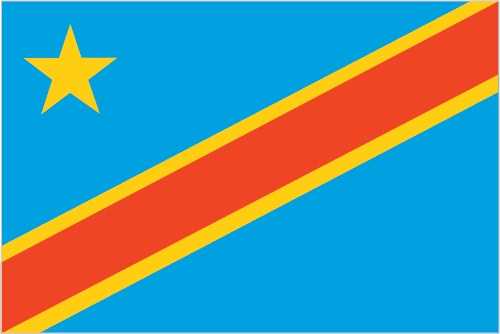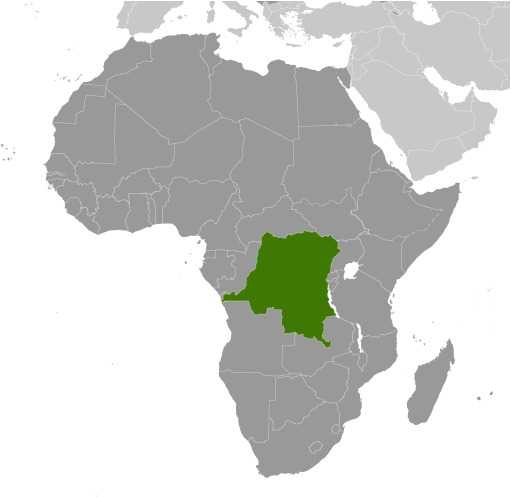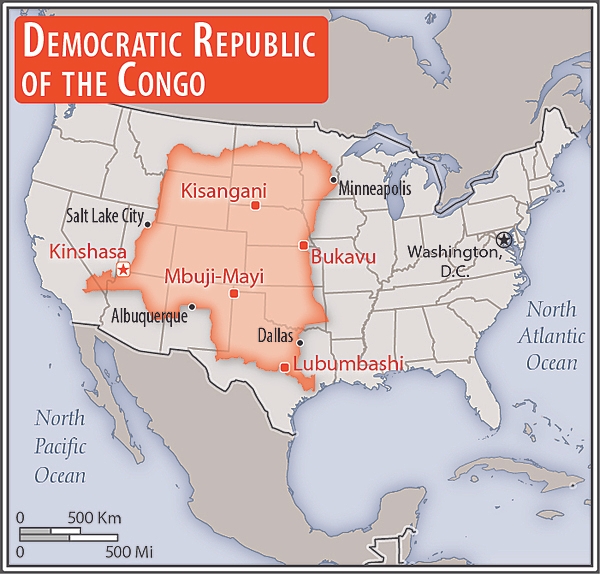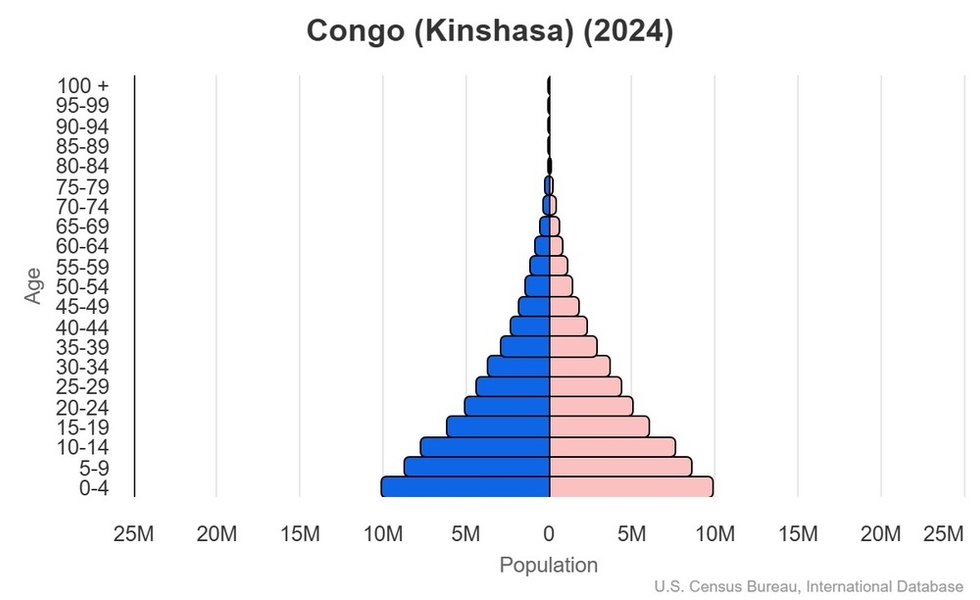Introduction
Visit the Definitions and Notes page to view a description of each topic.
Geography
People and Society
Population
comparison rankings: total 14; male 14; female 14
Languages
Median age
comparison ranking: total 224
Population growth rate
comparison ranking: 7
Birth rate
comparison ranking: 6
Death rate
comparison ranking: 98
Net migration rate
comparison ranking: 127
Maternal mortality ratio
comparison ranking: 13
Infant mortality rate
comparison ranking: total 11
Life expectancy at birth
comparison ranking: total population 215
Total fertility rate
comparison ranking: 3
Obesity - adult prevalence rate
comparison ranking: 164
Alcohol consumption per capita
comparison ranking: total 161
Tobacco use
comparison ranking: total 125
Children under the age of 5 years underweight
comparison ranking: 7
Education expenditure
comparison ranking: Education expenditure (% GDP) 162
Environment
Carbon dioxide emissions
comparison ranking: total emissions 132
Government
Economy
Real GDP (purchasing power parity)
comparison ranking: 81
Real GDP growth rate
comparison ranking: 18
Real GDP per capita
comparison ranking: 212
Inflation rate (consumer prices)
comparison ranking: 202
GDP - composition, by sector of origin
comparison rankings: agriculture 45; industry 11; services 204
Industrial production growth rate
comparison ranking: 8
Labor force
comparison ranking: 17
Unemployment rate
comparison ranking: 76
Youth unemployment rate (ages 15-24)
comparison ranking: total 134
Gini Index coefficient - distribution of family income
comparison ranking: 18
Public debt
comparison ranking: 188
Taxes and other revenues
comparison ranking: 122
Current account balance
comparison ranking: 165
Reserves of foreign exchange and gold
comparison ranking: 98
Debt - external
comparison ranking: 57
Energy
Electricity
comparison rankings: installed generating capacity 107; consumption 84; exports 92; imports 72; transmission/distribution losses 112
Energy consumption per capita
comparison ranking: 192
Communications
Telephones - fixed lines
comparison ranking: total subscriptions 226
Telephones - mobile cellular
comparison ranking: total subscriptions 38
Broadband - fixed subscriptions
comparison ranking: total 158
Transportation
Merchant marine
comparison ranking: total 143





